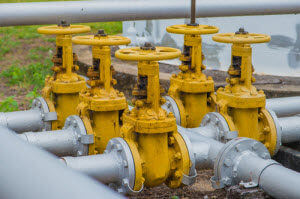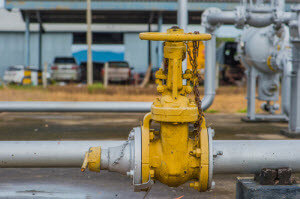How to Choose the Right Pressure Relief Valve
Pressure relief valves are designed to keep plants running smoothly and safely. They protect vessels’ piping systems and various types of equipment from dangerous overpressure situations. However, not all pressure relief valves are made for every plant.
Certain applications require a specific type, and when an improper part is installed, the plant can experience serious issues and risk everyone’s safety. That is why it is important to choose the right pressure relief valve for your specific system.
To help you choose the right pressure relief valve for your plant, here is a list of factors you must consider.
Valve Materials
 Pressure relief valves come in different metals. Each metal is meant to cater to specific applications. Depending on the system, a valve made with a certain material may be needed to ensure safety and proper operation. For example, stainless steel pressure relief valves have properties that allow them to work best in plants with corrosive materials.
Pressure relief valves come in different metals. Each metal is meant to cater to specific applications. Depending on the system, a valve made with a certain material may be needed to ensure safety and proper operation. For example, stainless steel pressure relief valves have properties that allow them to work best in plants with corrosive materials.
Valve Design: Connection Size and Type
Just as each pressure relief valve is made with a variety of metals, each valve also features a specific design with a distinct connection size and type. According to the National Board of Boiler and Pressure Vessel Inspectors, the size of the valve must be at least as big as the inlet and discharge piping. In addition, certain valves are designed for specific connector types.
Set Pressure
Pressure relief valve are designed to withstand great amounts of pressure and high temperatures, but each device has its own specific limits. The set pressure is the pressure that causes the valve to open, and it’s measured in pounds per square inch (PSIG).
 The National Board of Boiler and Pressure Vessel Inspectors state that the set pressure of the valve cannot exceed the maximum allowable working pressure. However, a valve with a set pressure less than the maximum allowable working pressure is acceptable.
The National Board of Boiler and Pressure Vessel Inspectors state that the set pressure of the valve cannot exceed the maximum allowable working pressure. However, a valve with a set pressure less than the maximum allowable working pressure is acceptable.
Back Pressure
Back pressure, or the pressure on the outlet side of the valve from the discharge system, will also contribute to the maximum allowable working pressure of the valve. This factor can be constant or variable to the plant’s operation. Constant back pressure will require a pilot-operated valve. Variable valve pressure cannot exceed 10% of the valve set pressure.
Temperature
Pressure relief valves can also withstand high temperatures. However, specific metals can only handle certain temperatures. So the temperature of the system needs to be taken into account to ensure proper valve selection.
Required Capacity
While pressure relief valves can alleviate a great amount of pressure, they do have their limits. The maximum capacity of pressure they can relieve depends on multiple aspects, including the design of the valve and the temperature of the liquid or gas flowing through them.
Having the right pressure relief valve will not only ensure smooth operations but also the necessary protection and safety a plant needs.
Contact CPV Manufacturing for more information about choosing the right pressure relief valve and to learn more about our selection of valves, fittings, and other products.
